10 Hot Happenings In The Semiconductor Market This Summer
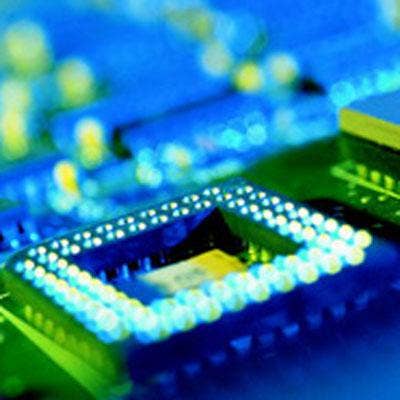
Chipping Away
Like the rest of the IT industry, the semiconductor market moves pretty quickly. In the past few months alone, a number of new CPUs and GPUs have hit that market that promise faster processing speeds, lower power consumption and an overall better user experience. But, chip-makers from Intel to ARM have also made a number of announcements this summer about paving the way toward new technologies and embracing industry trends like big data and mobility.
From investments to acquisitions to unlikely partnerships, here are 10 recent and must-know moves in the chip industry.
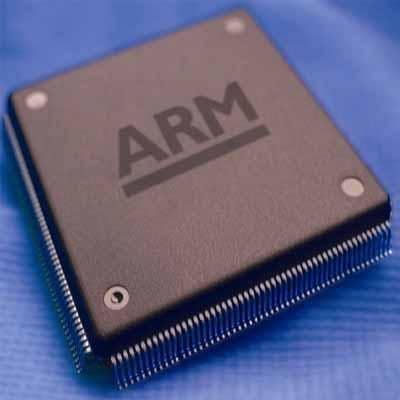
ARM, TSMC Join Forces To Create 64-Bit Server Chips
In a move to broaden its reach into the enterprise and server markets, chip licensor ARM teamed up with foundry giant Taiwan Semiconductor Manufacturing Company (TSMC) in July to accelerate production of its next-generation 64-bit processors.
The new chips will be based on ARM’s ARMv8 architectures and built using TSMC’s FinFET process technology, a multigate transistor design technique used to create low-voltage, high-performance processors. The companies said they would be targeted at servers that support high-performance and cloud computing environments.
The multiyear agreement will not only deepen the relationship between ARM and TSMC, which already work together to create 20-nm chips, but also introduce a new level of competition into the server market, a space traditionally dominated by x86-based chip-makers AMD and Intel.
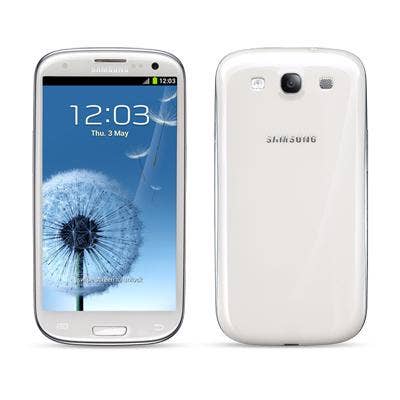
Samsung Grows Its Mobile Chip Business
Samsung already produces chips that power mobile devices including the iPhone and its own Galaxy S line of smartphones (left). But, the Korean tech giant is gearing up to grow its portfolio later this year by acquiring the mobile phone division of U.K.-based chip-maker Cambridge Silicon Radio (CSR).
The deal, which was announced in July and is valued at $310 million, will grant Samsung full ownership over all of CSR’s operations, employees and intellectual property related to its mobile connectivity and location unit. A total of 21 patents, including those for Bluetooth, Wi-Fi and mobile GPS technologies, will be transferred over to Samsung.
In addition to its purchase of CSR's mobile division, Samsung is also paying $34 million for a 4.9 percent stake in CSR.
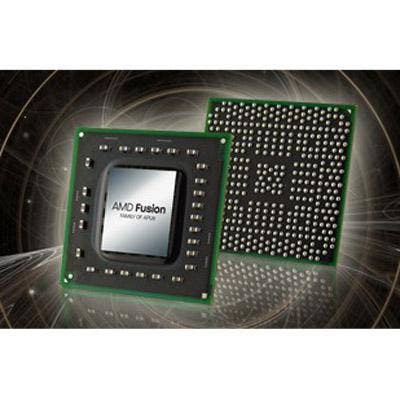
AMD Joins DOE's FastForward Program
AMD in July was selected to participate in the Department of Energy’s FastForward program, an initiative aimed to accelerate the development of new technologies related to exascale computing.
As a participant of the program, AMD is being granted a total of $12.6 million to put toward R&D efforts, including $9.6 million for processor-related research and $3 million for memory-related research. The resulting new technologies will pave the way toward exascale computing, a next-generation model of supercomputing that will enable some of the world’s highest-end computing systems to run roughly one thousand times faster than they can today.
Chip-makers including AMD and its rival Intel, along with government agencies like the DOE, have placed a growing emphasis on exascale computing over the last few years, as it's expected to lead to faster processing times for mission-critical apps, namely those used in the healthcare and defense industries.

Intel Invests $4.1 Billion In ASML
In an effort to lock down another generation of Moore’s Law, Intel announced in July it will invest a total of $4.1 billion in semiconductor equipment manufacturer ASML.
The investment is targeted at accelerating ASML's development of new equipment for producing Intel’s upcoming 450-mm wafers. ASML manufactures lithography equipment, or equipment that uses extreme ultraviolet technologies to pack more and more transistors onto a chip. As articulated through Intel’s Moore’s Law philosophy, which states that Intel will double the transistor count of its chips approximately every two years, as a chip’s transistor count climbs, so does its memory and processing capacity.
Intel said $1 billion of the total $4.1 billion will be invested in ASML's research and development efforts, while the remaining $3.1 billion will be used to buy a 15 percent ownership stake in the Netherlands-based company.

Micron Acquires Elpida Memory
Two long-time chip rivals made amends this year when Micron Technology announced in July it was acquiring Elpida Memory in a $2.5 billion deal.
The acquisition will grant Micron full ownership over all of Elpida’s assets, including a DRAM fabrication facility in Hiroshima, Japan; an assembly and test facility in Akita, Japan; and approximately a 65 percent ownership stake in Taiwanese chip-maker Rexchip.
The deal will allow Micron to bolster its DRAM portfolio and bring its production capacity to new heights, and it will also help the ailing Elpida, which filed for bankruptcy earlier this year, repay some of the nearly $5 billion it owes in debt.

AMD Licenses ARM Technology
Two chip worlds collided this June when AMD announced a strategic partnership with U.K.-based chip licensor and long-time rival ARM.
In a move that will bring together two traditionally opposing chip architectures, AMD entered a licensing agreement to use ARM's Cortex-A5 processors within its own x86-based APUs. Specifically, AMD wants access to a technology native to ARM’s Cortex-A5 chips called TrustZone, a solution used in mobile devices to ensure transactions such as online banking and bill paying are secure.
AMD said it plans to integrate ARM’s TrustZone technology into its full lineup of APUs, which are found in notebooks and ultra-thin PCs, by 2013.
Taking their new and somewhat surprising partnership to the next level, AMD and ARM said the primary goal of their alliance is to encourage the development of an industry standard for hardware-level security on all devices, regardless of chip architecture.

Intel Shows Big Money For Big Data
Intel is spending big bucks to open up its sixth Intel Science and Technology Center in the U.S., this time with the hopes of developing new technologies for better managing and analyzing big data.
The new center, operated by the Computer Science and Artificial Intelligence Laboratory at the Massachusetts Institute of Technology (MIT), will receive $2.5 million a year from Intel for up to five years. The money will be used to research and develop new computing systems for more efficiently storing and making sense of the massive amounts of unstructured data pouring into organizations from social media, smartphones and other next-generation data sources.
Intel CTO Justin Rattner (left) said that MIT’s big data proposal competed against nearly 160 other proposals from 50 other schools. But, the timeliness of the big data topic, especially as trends like BYOD and the "Internet of things" continue to put pressure on traditional storage and analysis technologies, made it stick out from the rest.
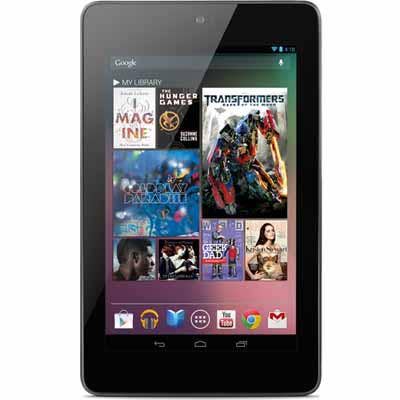
Nvidia Teams Up With Google For Nexus 7
Google made its debut in the tablet space this June with the launch of its new Nexus 7 tablet (left), a 7-inch device with a brand new Android Jelly Bean OS, nine hours of video playback and a modest $199 price tag.
But, under the hood of it all is Nvidia's Tegra 3 mobile processor, which turned out to be a pretty hefty design win for the chip-maker, considering the 16 GB version of the tablet sold out in less than a month. Tegra 3, a quad-core chip capable of reaching speeds up to 1.4 GHz, is low-power enough to be targeted at mobile devices such as tablets and smartphones. Despite touting the "quad-core" tagline, the chip actually includes a fifth "companion core" that helps conserve power and ensure a longer battery life.
Tegra 3 has had a few design wins since its November launch, and the chip is also found today in Asus’ Eee Pad Transformer Prime and the Acer Iconia Tab A700.
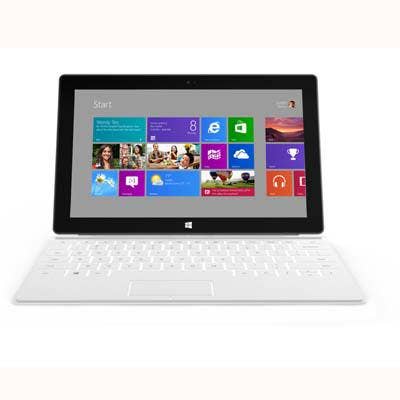
ARM Sees Profits Skyrocket
To say that the consumerization of IT trend is boding well for ARM would be an understatement.
The U.K.-based company, which licenses its low-power processor architectures to chip-makers like Samsung, Qualcomm and Texas Instruments, is dominating the mobile market, with nearly 95 percent of the world’s smartphones today running on ARM-based chips. What’s more, Microsoft’s Surface tablet (left), along with a slew of other mobile devices slatted to launch this fall running Windows RT, will be powered by ARM.
As more users swap out traditional desktop PCs for mobile computing, ARM is reaping the benefits. ARM reported July revenue of $213 million, up 12 percent year over year, along with a pre-tax quarterly profit of $103 million, up an even greater 23 percent year over year.
While these numbers still fall short compared to x86-based chip-maker Intel, which reported a quarterly revenue of $13.5 billion, ARM said it is sitting on a "record order backlog and a robust opportunity pipeline."

AMD Taps Former Extreme Networks VP To Head Server Unit
AMD’s February acquisition of SeaMicro made clear that the Sunnyvale, Calif.-based chip-maker was placing a new emphasis on the server market. And, that message rang true again this June when AMD tapped Dr. Suresh Gopalakrishnan (left), former vice president of engineering at Ethernet manufacturer Extreme Networks, as its new head of server solutions.
Gopalakrishnan, whose official title at AMD is corporate vice president and general manager of server business, will be responsible for overseeing the end-to-end development and execution of the company’s global server solutions. Reporting to Senior Vice President and General Manager of AMD's Global Business Unit Dr. Lisa Su, Gopalakrishnan will play a major role in growing AMD's line of low-power Opteron server processors.
Gopalakrishnan, who has a strong semiconductor market background, held leadership roles at ZSP Corporation, Sun Microsystems and HP.